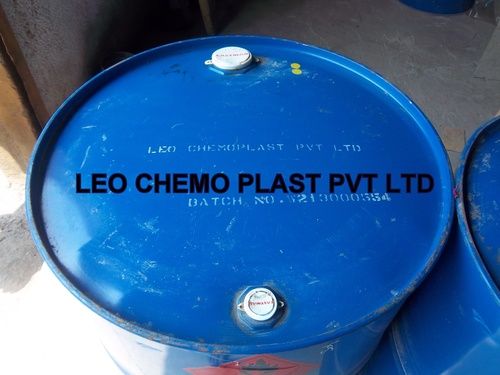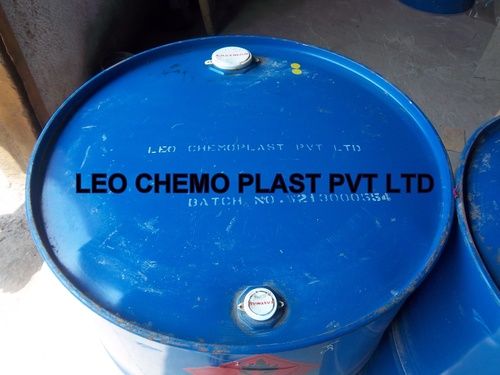Propylene glycol USP
Product Details:
- Chemical Name Propylene glycol
- Type PVC Solvent
- Physical State Liquid Coating
- Click to View more
Propylene glycol USP Product Specifications
- PVC Solvent
- Propylene glycol
- Liquid Coating
Product Description
Propylene glycol (IUPAC name: propane-1,2-diol) is a synthetic organic compound with the chemical formula C3H8O2. It is a viscous, colorless liquid which is nearly odorless but possesses a faintly sweet taste. Chemically it is classed as a diol and is miscible with a broad range of solvents, including water, acetone, and chloroform.
It is produced on a large scale and is primarily used in the production of polymers, but also sees use in food processing, and as a process fluid in low-temperature heat-exchange applications. In the European Union, it has the E-number E1520 for food applications.
Industrially, propylene glycol is produced from propylene oxide[7] (for food-grade use), and global capacity in 1990 was 900,000 tonnes per year.[8]Different manufacturers use either non-catalytic high-temperature process at 200oC (392oF) to 220oC (428oF), or a catalytic method, which proceeds at 150 C (302oF) to 180oC (356oF) in the presence of ion exchange resin or a small amount of sulfuric acid or alkali.
Final products contain 20% propylene glycol, 1.5% of dipropylene glycol and small amounts of other polypropylene glycols.[9] Further purification produces finished industrial grade or USP/JP/EP/BP grade propylene glycol that is typically 99.5% or greater.







